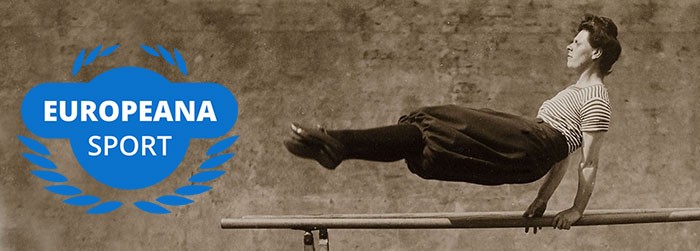Traditional sport since prehistoric times
Lucha canaria (Canarian wrestling) is a traditional sport practiced in the Canary Islands (Spain), a part of the folklore, games and traditions of the islands. It has been part of the Canary's culture since prehistoric times. Signs of its existence can be found in pintaderas (a form of stamp used by the pre-Hispanic natives of the Canary Islands) and reliefs.
It is presumed that fighting was practiced on important occasions to resolve conflicts, deal with disputes over territorial boundaries, to court ladies and as entertainment in popular festivals. At first, Canarians carried out the fight in several phases: first, they threw stones, next fencing with a stick, and finally a grabbing phase. Only this final phase remains in the sport nowadays.
Due to the limited contact between the seven different islands, each Canary Island developed different rules in the practice of fighting.
Today, the Lucha Canaria is considered to be a contact sport: a confrontation between two rivals who must take down their opponent. The winner is the first to make the other fall and touch the ground with any part of the body other than the soles of their feet. This friendly confrontation is called agarrada (grabbed) and is carried out on a soft surface that cushions the wrestlers' falls - for example, a circle of sand (called terrero), grass or tatami.
To knock down their opponents, fighters use different techniques called mañas (skills). There are mañas for attacking and defending, classified according to the part of the body that is used: arms, legs or trunk.
Wrestlers must be properly dressed with brega clothing (struggle clothing) which consists of a shirt or blouse and trousers called brega pants. These clothes must be made of a strong material, which facilitates gripping and the execution of the techniques and prevents it from tearing.
Before starting the fight, the two opponents must adopt the brega position. This consists of crouching at a 90-degree angle with the legs semi-bent, bringing the shoulders together with those of the opponent, with the heads in the side, and stretching the right hand until it touches the sand with the left grabbing the opponent. The pants must be correctly rolled up or raised, waiting for the referee or judges to signal the start of the contest.
Lucha Canaria is generally a team sport, in which two teams made up of between 12 and 18 fighters face each other. The winner is the team that knocks down all the opposing fighters. The strongest fighters of each team are called puntales (struts) or destacados (prominents) (depending on the category they are competing) and they can only go out to fight when there is a considerable difference established in the score. Iindividual and weight competitions are also played at the end of the regular seasons.
Leagues, tournaments and championships are held at an island level, with each island having its own championship. On a regional level, clashes between the best teams from the different islands are also held.
Due to their strength, ability and bravery, many fighters have appeared in the headlines and histories of this beautiful sport. Among them, Francisco Marrero (nicknamed 'Pancho Camurria') stands out for being a very technical fighter. Nowadays, he is remembered with a youth tournament that bears his name.
Pedro Rodríguez del Castillo, better known as 'Pollo de Canteras' was another important fighter. He was a famous athlete from Tenerife, protagonist of great and repeated triumphs, in whose honor a terrero was awarded with his name.
Thanks to Laura Guindal Martinez and María Jiménez Rodríguez at Hispana for their help compiling this blog.
Share your sport story
Can you help us to tell the story of sport in Europe in the past and the present?
We invite you to tell us about your sport experiences through objects like photographs, memorabilia, equipment or prizes.

